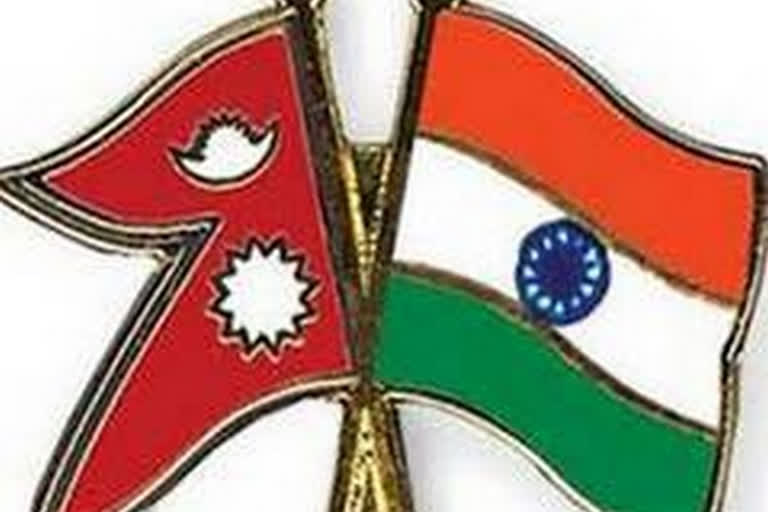New Delhi: The domestic political rumblings in Nepal, its growing aspirations and assertiveness driven by China's strong economic backing and India's "complacency" in engaging with it made the landlocked nation take the unprecedented step of escalating its decades-old border row with India to a new high, according to strategic affairs experts.
The communist government of Nepal on Saturday managed to get a unanimous approval of the lower house of the country's parliament to a new map depicting disputed areas of Lipulekh, Kalapani and Limpiyadhura as Nepalese territories, prompting India to say that such "artificial enlargement" of territorial claim is untenable.
The vote, notwithstanding the all-encompassing cultural, political and trade ties of seven decades between the two countries, is seen as a reflection of Nepal's readiness to take on the regional giant, India, and signals that it no longer cares about the old framework of relationship.
Rakesh Sood, who was Indian Ambassador to Nepal from 2008 to 2011, said both sides have allowed the relationship to come to a "very very dangerous point" and that India should have found time to engage with Kathmandu as it pressed for talks on the issue since November.
"I think we have displayed a lack of sensitivity, and now the Nepalese have dug themselves deeper into the hole from which they will find it difficult to come out," he told reporters.
Nepal shares a border of over 1,850 km with five Indian states -- Sikkim, West Bengal, Bihar, Uttar Pradesh and Uttarakhand. In sync with the unique ties of friendship, the two countries have a long tradition of free movement of people across the border.
According to official data, nearly eight million Nepalese citizens live and work in India. The two countries also have solid defence and trade ties. India is the largest trading partner of Nepal, and the total bilateral trade in 2018-19 was Rs 57,858 crore. Currently, about 32,000 Gorkha soldiers from Nepal are serving in the Indian Army.
Ambassador Ranjit Rae, who served as Indian envoy to Nepal between 2013 and early 2017, said Prime Minister K P Sharma Oli decided to go ahead with the new map just to consolidate his position and overcome rumblings in domestic politics.
READ: Nepal Parliament's lower house passes bill to redraw political map
"This sort of playing up anti-India sentiment had helped him in winning the elections and he thought it will again help him now as he is under lot of domestic pressure," he said.
"I think it is related to Oli's insecurity domestically as his position in Nepal is quite weak. There have been a lot of demonstrations in Nepal for the government's failure in the economic front, on managing COVID-19. There have been rumours within Nepali Communist Party that there may be a change in leadership. I think this has been a lifeline for Oli," he said.
India's relations with Nepal came under severe strain following the 2015 economic blockade. Since then, China has been pumping in huge amount of financial resources in Nepal, helping the landlocked country in laying new roads including connecting it to Chinese cities for transportation of petroleum and other essential products, ostensibly to help Kathmandu cut dependence on New Delhi.
China is also planning to lay an ambitious railway network connecting Kathmandu and Shigatse in Tibet where it would join an existing railway line to Lhasa. China has also offered Nepal four ports for shipment of goods to the landlocked country which previously had to rely heavily on routes through India.
Prof S D Muni, a noted strategic affairs expert, said China has been a factor in the whole issue as Nepal was more encouraged to raise the issues with India realising that Beijing has been supporting it.
However, he said the bigger message from Nepal was that the Nepalese are asserting themselves and the old framework of special relations is gone completely.
"They do not care about it. You will have to deal with Nepal differently, with little more sensitivity and with little more tact and understanding.
